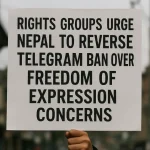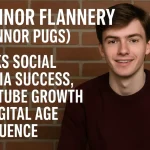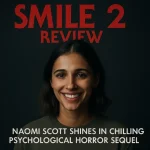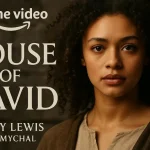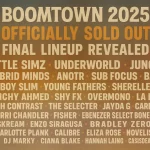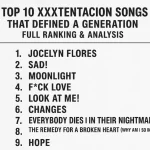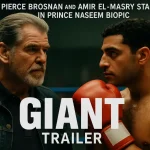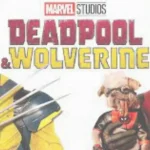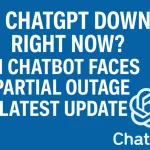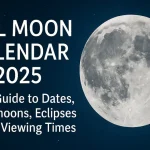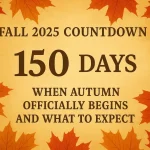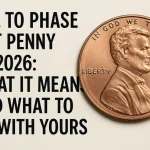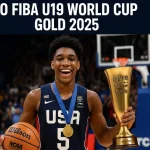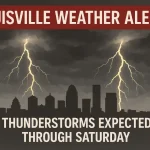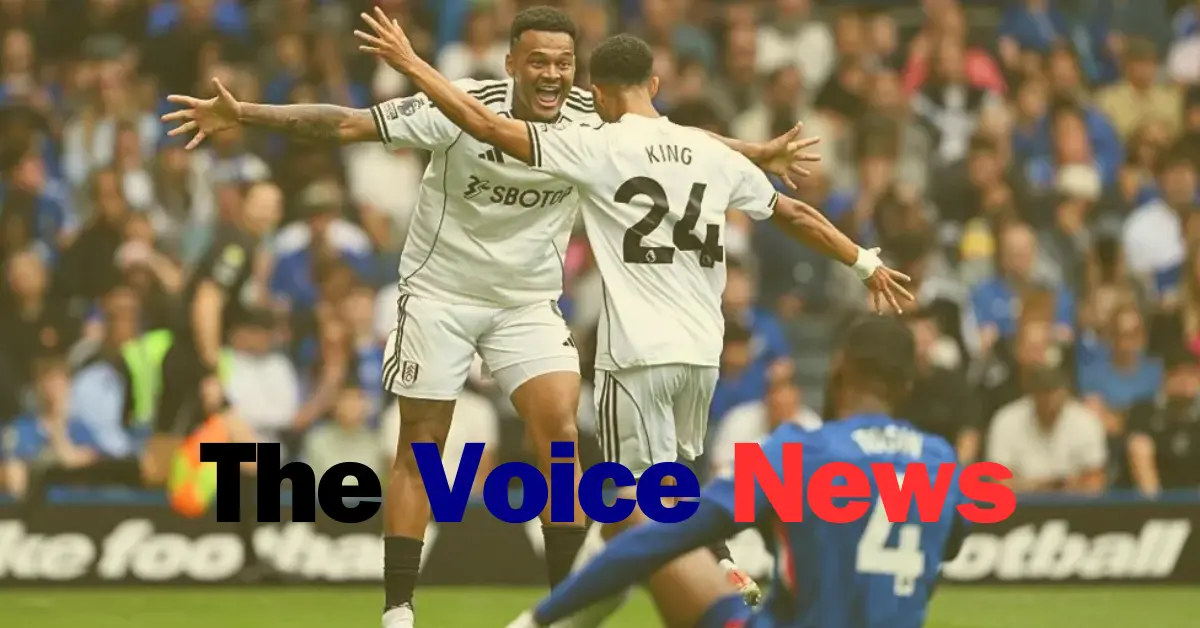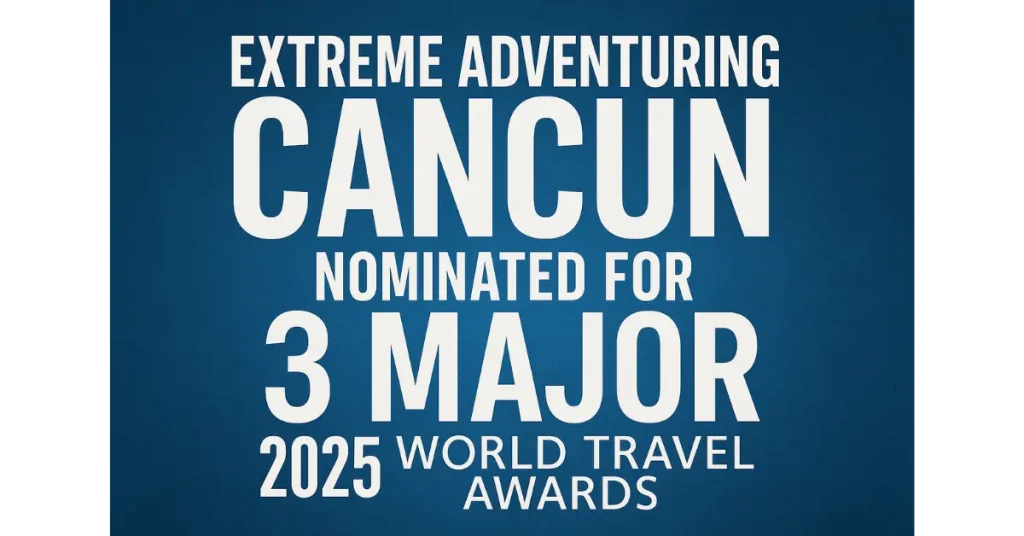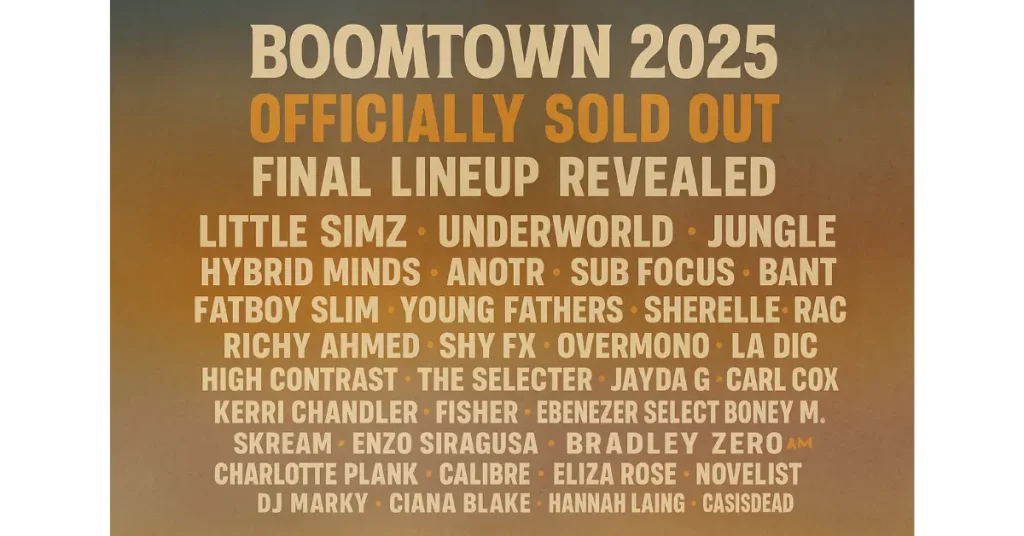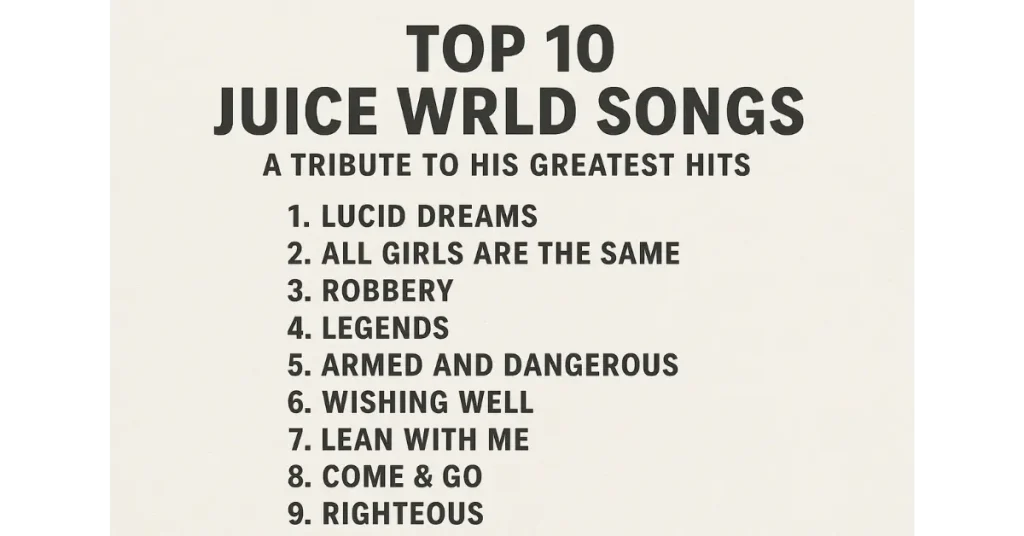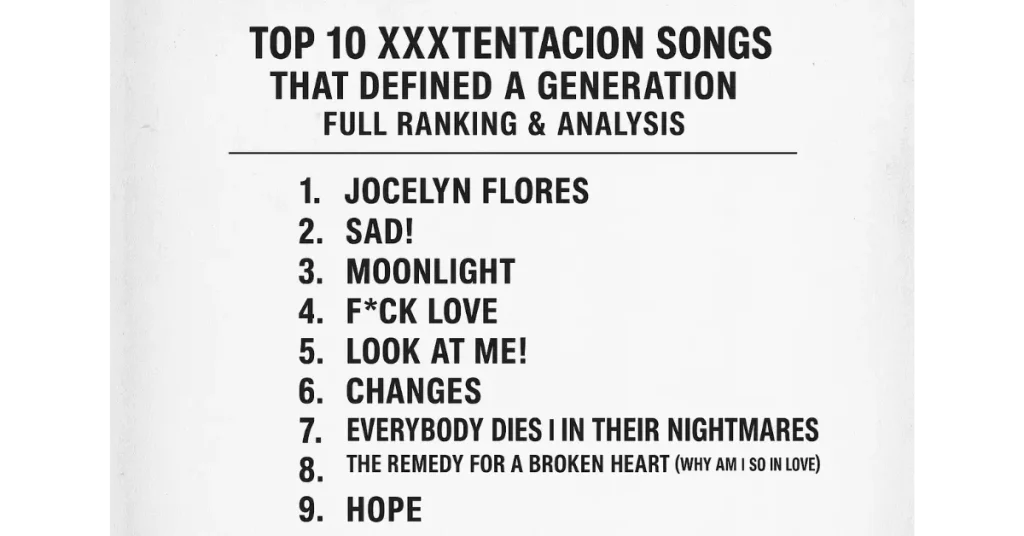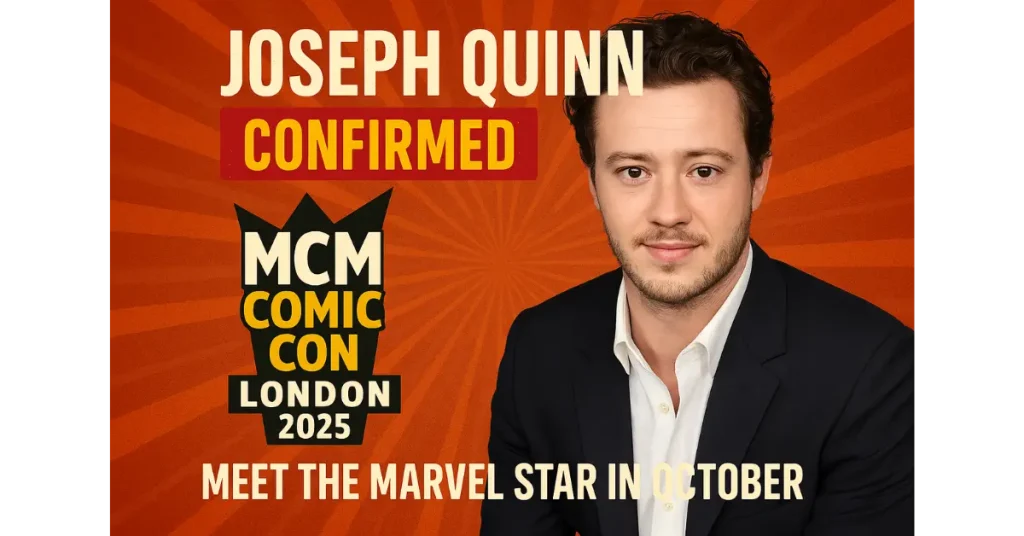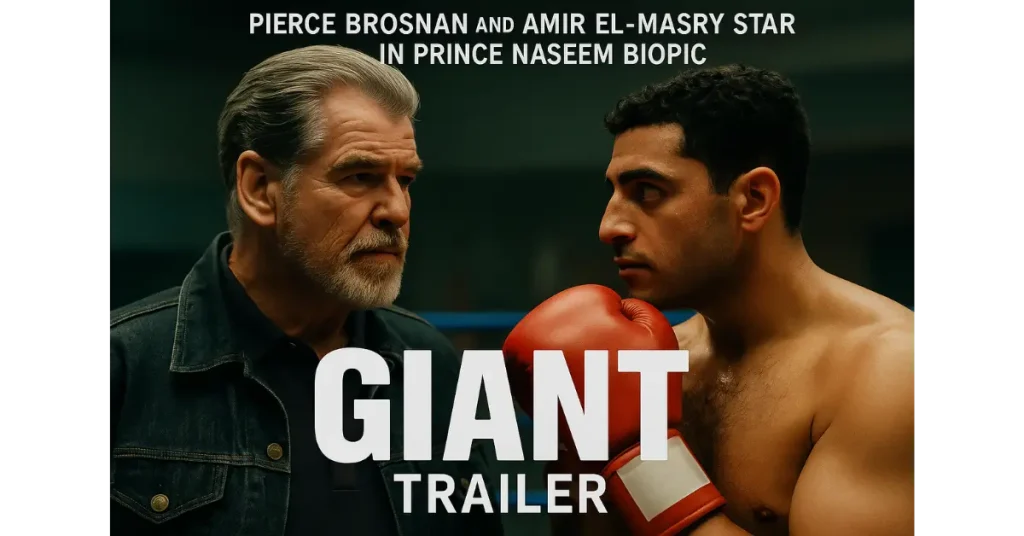Posted inBusiness
Boulevard Coast Jalan Loyang Besar EC: A Hub of Convenience and Vibrancy for Residents with a Variety of Retail and Recreational Options
Finding the perfect home means striking a delicate balance between convenience, comfort, and lifestyle. For families and individuals eyeing a residence that blends vibrant community living with easy accessibility, Boulevard Coast…


















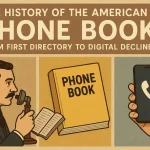
![Gucci Owner Kering Reports 46% Profit Slump as New CEO Luca de Meo Prepares to Take Over Meta Description: Discover why Kering, the owner of Gucci, reported a stunning 46% profit slump in 2025, as Luca de Meo steps in as the new CEO. Dive into insights on Gucci’s sales decline, strategic leadership, and the shifting tides of the luxury fashion market. Introduction: The Luxury Giant Faces a Turning Point The name Gucci evokes prestige, exclusivity, and a storied history in luxury fashion. When you think of Kering—the powerhouse that owns Gucci, Yves Saint Laurent, Bottega Veneta, and more—it’s easy to picture bustling boutiques and red carpet glamor. But behind the scenes in 2025, the reality is sobering. Kering has just reported a 46% profit slump, sending shockwaves through the industry. This dramatic dip comes at a crucial moment as Luca de Meo prepares to take the helm as Chief Executive Officer, ushering in a new era for the French luxury conglomerate. This article reveals what led to Kering’s profit plunge, examines the effects across iconic brands like Gucci and Yves Saint Laurent, and explores where the company and luxury fashion might go next. If you want to understand the delicate balance of creativity, business, and leadership that drives luxury retail, read on. Understanding Kering’s Profit Slump in 2025 What Is Driving The Downturn? Kering’s financial results for July 2025 paint a clear picture: the group’s net profit dropped by 46%, a decline tied closely to sluggish performances at its flagship brand Gucci. Several factors contributed to this slide: Gucci’s sales decline: Gucci, which has long fueled Kering’s growth, saw steep drops in its operating profit. Handbag sales, a traditional strength, declined significantly. Luxury market slowdown: The global luxury fashion market has become more unpredictable. Factors like changing consumer behavior, economic uncertainties, and increased competition impacted sales. Creative transitions: Gucci’s recent changes in artistic leadership—most notably the appointment of Demna—ushered in a new aesthetic that has yet to catch fire with core consumers. Kering’s Financial Results for July 2025 In precise terms, Kering’s profit slump in 2025 boils down to these numbers: Net profit fall: 46% drop compared to the previous year Gucci sales decline: Reported at -25% for Q2, making it the hardest hit among the group’s brands Debt load: Kering’s debt rose as it continued to invest in creative talent and stakes in other luxury labels like Valentino These figures shake investor confidence and compel Kering to rethink its strategy as it enters a new leadership chapter. Luca de Meo Takes Over: Strategic Leadership in Focus Who Is Luca de Meo? When searching for how to say Gucci or for the latest news on gucci com italy, consumers may not think about who’s steering the ship. Yet, the appointment of Luca de Meo as Kering CEO marks a pivotal transition for the company. De Meo, formerly Renault’s CEO, is known for: Revitalizing brands through innovation Strategic thinking rooted in consumer understanding Emphasizing sustainability across luxury portfolios His arrival signals a fresh approach, blending experience from the automotive sector with a sharp eye for luxury. The Vision Ahead De Meo faces pressing challenges: Navigating Gucci’s operating profit drop Balancing tradition and reinvention with brands like Yves Saint Laurent and Bottega Veneta Managing Kering’s debt load while driving creative partnerships, including the company’s stake in Valentino This is a crucial moment for Kering—not just financially, but in terms of ethos and direction. Gucci: The Crown Jewel Amidst Turbulence Exploring Gucci’s Sales Decline Few luxury houses command attention like Gucci. In 2025, though, the stories are less about blockbuster launches and more about sales plunges and creative pivots. Key insights: Gucci handbags sales decline: The brand’s iconic bags saw double-digit declines, pointing to shifting consumer priorities and competitive pressures. Market trends: Younger consumers, including Gen Z, seek authenticity and freshness, sometimes bypassing heritage brands for newer, niche labels. Creative leadership: Gucci’s artistic director Demna brought bold changes, but the impact on revenues remains mixed. Gucci’s Creative Evolution With artistic director Demna at the helm, Gucci’s recent runway collections feature experimental proportions and digital-age influences. For traditionalists, this is a jarring shift from the maximalist aesthetics that defined the pre-2025 era. The big question: will this creative gamble reignite excitement or repel loyal shoppers? Two perspectives emerge: Some observers applaud Demna’s risk-taking, predicting a renaissance as the brand aligns itself with contemporary cultural currents. Others worry that the disconnect between new aesthetics and consumer expectations could prolong the sales decline. The Ripple Effects Across Kering’s Portfolio Yves Saint Laurent Sales Fall Kering’s portfolio is broad and diverse. Unfortunately, Gucci’s struggles mirror challenges at Yves Saint Laurent, which also reported weaker sales in 2025. Key drivers: Cruise and ready-to-wear collections didn’t resonate strongly in key markets Competition from independent luxury brands intensified Bottega Veneta Growth: A Bright Spot It’s not all gloom. Bottega Veneta registered growth in 2025, fueled by fresh designs and strong digital marketing. New collection launches tapped into trends like understated luxury and seasonless fashion Increased appeal among millennial shoppers, who value craftsmanship and innovation Bottega’s success demonstrates that even within a tough luxury market, targeted strategies and creative renewal can pay off. Kering’s Expanding Stakes and Investments Kering Valentino Stake In a move to diversify and strengthen its portfolio, Kering increased its stake in Valentino. This strategic investment aims to: Cushion the group from brand-specific volatility (as seen at Gucci) Leverage Valentino's growing international presence Build new revenue streams in an unstable luxury sector Managing the Kering Debt Load in 2025 The luxury sector is capital-intensive, and Kering’s rising debt reflects ongoing investments in creativity, technology, and talent. Responsible debt management will involve: Prioritizing brands with proven resilience Shifting resources toward more innovative, profitable segments Exploring partnerships and collaborations that drive value Francois-Henri Pinault: Stewardship Amidst Change Francois-Henri Pinault, Kering’s longstanding leader, remains instrumental in steering the company through uncertainty. Notably: His commitment to sustainability and artistic freedom sets Kering apart Pinault’s strategic moves—such as the recruitment of Luca de Meo—position Kering for potential rebound Pinault’s stewardship offers reassurance to investors and employees, especially as the luxury fashion profit slump shows no signs of immediate recovery. Luxury Fashion Industry: Slowdown and Shifts Market Trends Impacting 2025 Kering’s experience is emblematic of broader trends affecting luxury fashion: Generational shifts: Gen Z and Millennials prioritize conscious consumption, tech integration, and authenticity over heritage alone Global economic headwinds: Fluctuations in consumer confidence, especially in China and the US, have muted demand. Creative risks: Iconic houses like Gucci must adapt quickly to shifting tastes without losing their DNA. Luxury conglomerates, Kering included, now face fundamental questions about what truly moves the modern shopper. How to Say Gucci & The Digital Conversation Ever wondered how to say Gucci? In Italian, it’s pronounced “[GOO-chee].” The brand’s centrality to gucci com italy underscores the importance of heritage, authenticity, and digital outreach in today’s luxury retail. Kering continues to invest heavily in digital platforms, seeking engagement and conversion through gucci.com and other brand sites. This digital strategy both reinforces legacy and connects the company to younger, global audiences. Two Perspectives on Kering’s Next Chapter Option 1 – Creative Renaissance Optimists see Luca de Meo’s arrival as a chance to revitalize Kering’s brands. They predict: A renewed focus on customer-centric design Enhanced collaborations across fashion, art, and technology Sustainable growth through innovation Option 2 – Conservative Reset Realists caution that recovery might be slow. Their view: Kering’s debt load and ongoing market challenges require prudence Strategic cost-cutting and selective investments are necessary Brand stability must take precedence over risky creative shifts Both perspectives offer valid insights into how Kering might move forward—and why the luxury market is always evolving. Practical Insights for Readers If you’re a fashion lover, industry watcher, or investor, the shifting tides at Kering offer lessons on adaptation and reinvention. Consider these action points and questions: Watch for signs of creative renewal at Gucci and other brands under Kering’s umbrella. Explore direct channels like gucci com italy for exclusive online offerings. Consider how broader economic and cultural shifts impact your perception (and purchase) of luxury goods. As the story unfolds, keep an eye on Kering’s financial results, strategic moves, and evolving creative directions. Conclusion: Kering’s Road Ahead in Luxury Fashion Kering’s dramatic profit slump in 2025 is a wake-up call—not just for the company, but for the luxury industry at large. As Luca de Meo steps in as CEO and Francois-Henri Pinault continues his leadership, Kering must balance innovation, tradition, and financial discipline to secure its future. Can creative risk-taking, strategic investment, and digital engagement reignite growth? Only time will tell. For now, the spotlight remains on Gucci and its parent company as they navigate an uncertain but potentially transformative chapter. Whether you’re seeking insights into luxury’s next wave or just curious how to say Gucci, Kering’s journey in 2025 is a story worth following. FAQ: Key Questions About Kering and Gucci in 2025 Q1: What caused Kering’s profit slump in 2025? Kering’s profit slump was mainly driven by declining sales at Gucci, especially in handbags, as well as broader luxury market slowdowns and increased investments in creative direction and other brands. Q2: Who is Luca de Meo? Luca de Meo is the new CEO of Kering in 2025, previously known for his leadership at Renault. Q3: How has the luxury market changed in 2025? Shifting consumer behavior, generational preferences, and economic uncertainty have altered demand and challenged established brands. Q4: What is the outlook for Gucci and Kering? With new leadership and ongoing creative shifts, Kering aims for a turnaround, though recovery may be slow as the group adapts to evolving market forces. Explore More Stay updated with the latest news from Kering, Gucci, and the luxury fashion market. Follow industry trends, watch for creative announcements, and explore exclusive collections on gucci com italy for a firsthand look at luxury’s future.](https://thevoicenews.co.uk/wp-content/uploads/2025/08/Gucci-Owner-Kering-Reports-46-Profit-Slump-as-New-CEO-Luca-de-Meo-Prepares-to-Take-Over-Meta-Description-Discover-why-Kering-the-owner-of-Gucci-reported-a-stunning-46-profit-slump-in-2025-as-150x150.webp)




